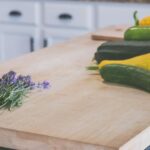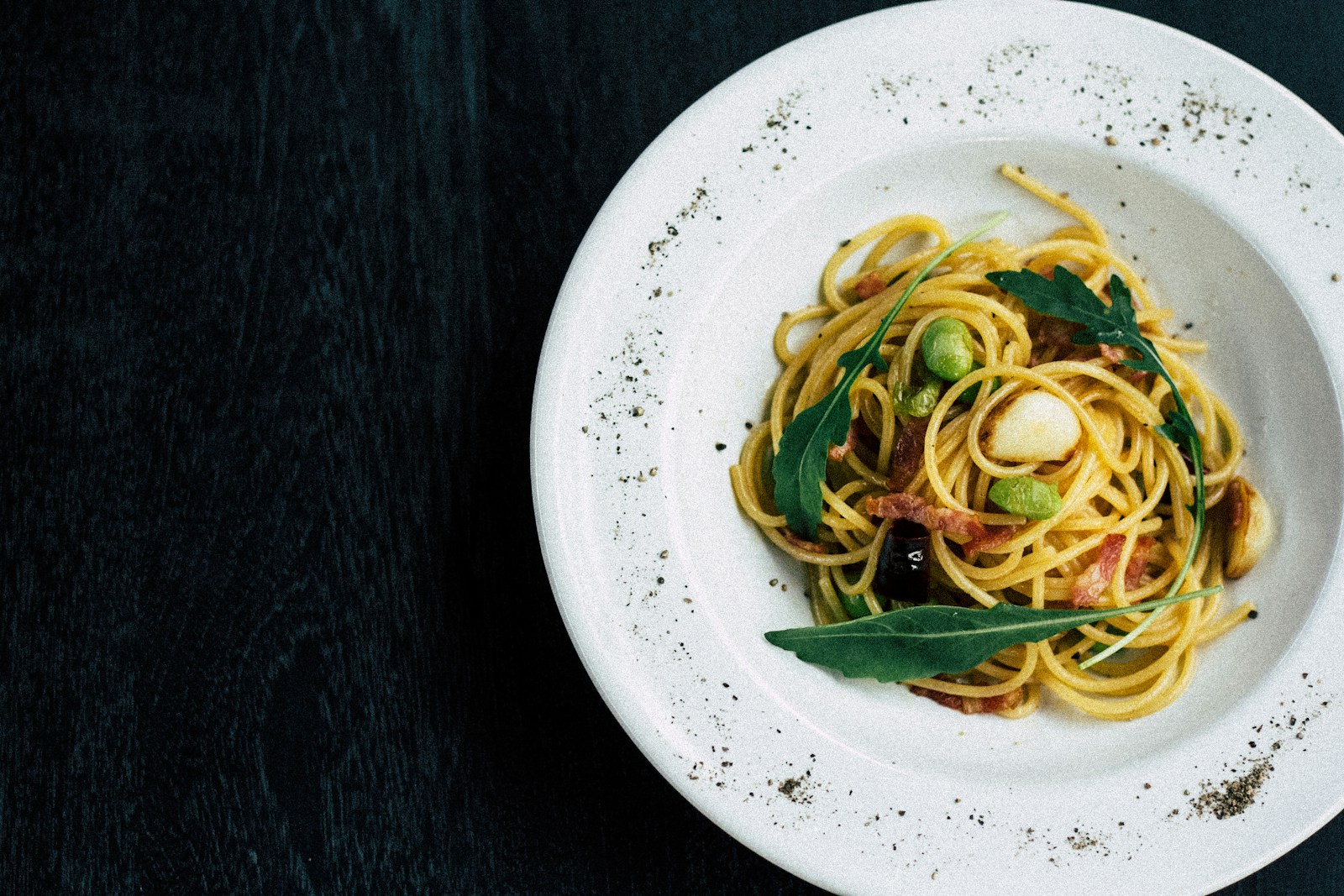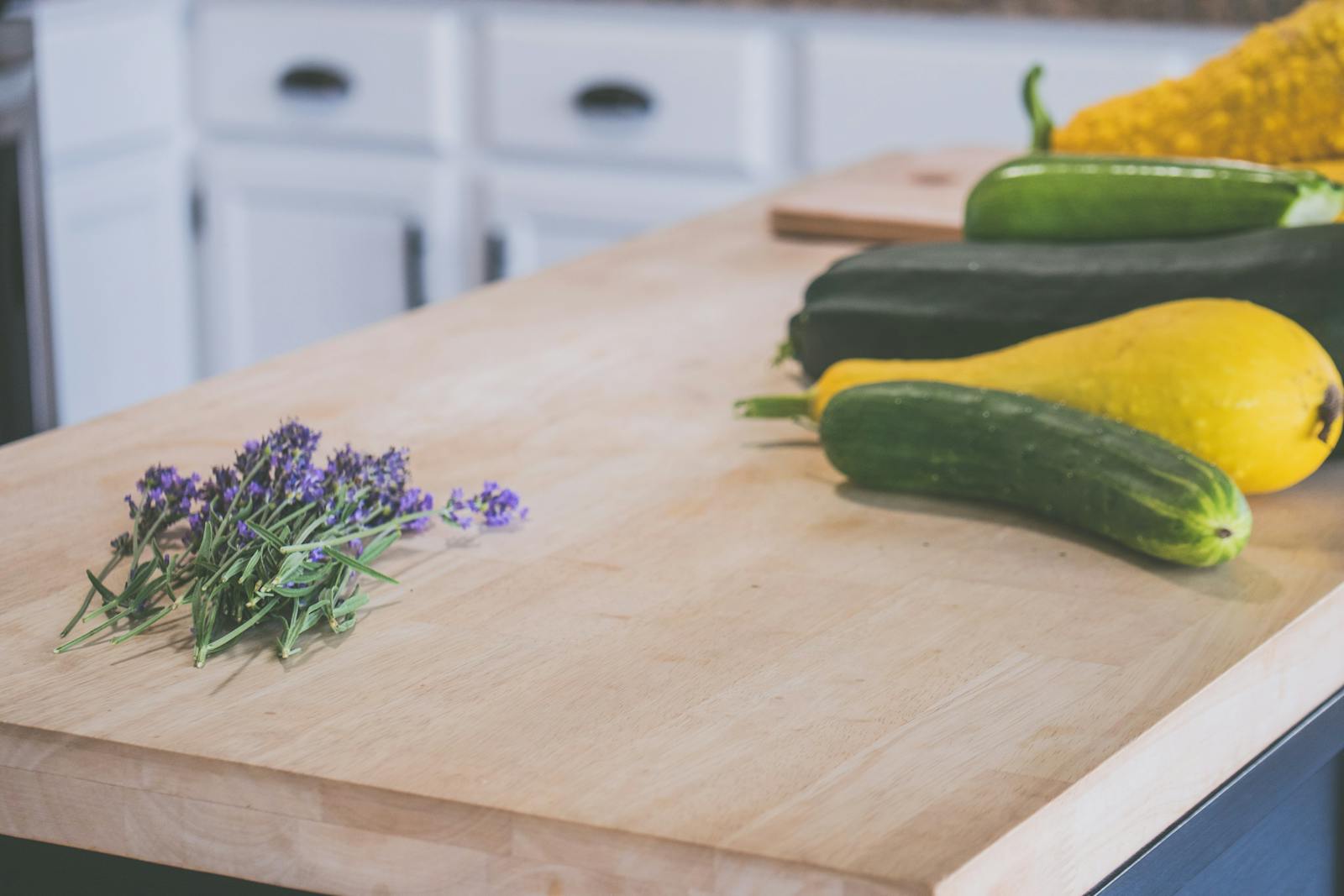One-Pot Pasta Perfection: Delicious & Easy
The Allure of Simplicity
Life gets busy. We all know it. The constant rush from work to errands to family commitments leaves little time for elaborate cooking. The idea of a quick, satisfying meal, prepared with minimal effort and cleanup, becomes incredibly appealing. This is where the one-pot pasta concept shines. It’s a culinary solution that speaks to our desire for both deliciousness and convenience. Forget the multiple pots, the constant stirring, and the mountains of dishes. With one-pot pasta, everything cooks together in a single vessel, creating a harmonious blend of flavors and textures, all while saving you precious time and energy.
Understanding the Core Concept
At its heart, one-pot pasta is remarkably straightforward. Raw pasta, along with your chosen ingredients – vegetables, proteins, herbs, and seasonings – are combined in a single pot. Liquid, typically water or broth, is added to cover the pasta. The pot is then brought to a boil, and the pasta cooks directly in the flavorful liquid, absorbing the tastes of everything around it. As the pasta cooks, the liquid reduces, thickening into a sauce that coats the pasta perfectly. The result is a complete meal, ready in approximately 30 minutes, with minimal fuss. It’s a method that embraces the beauty of simplicity, proving that fantastic food doesn’t require complex techniques or a long list of ingredients.
Choosing Your Pasta Wisely
Not all pasta shapes are created equal when it comes to one-pot cooking. Some shapes work better than others, holding their form and cooking evenly in a single pot. Long, thin pasta like spaghetti or linguine can sometimes clump together if not stirred frequently. Shorter shapes, like penne, rotini, fusilli, or farfalle, tend to perform better. They allow for better liquid circulation and cook more uniformly. Consider the texture, too. Pasta with ridges or grooves will grab the sauce better, ensuring each bite is packed with flavor. Experimenting with different shapes is part of the fun, so don’t be afraid to try something new. The key is to find a shape that you enjoy and that cooks well in the one-pot method.
Selecting the Right Ingredients
The beauty of one-pot pasta lies in its adaptability. You can customize it to your taste preferences and dietary needs. Vegetables are a natural fit. Think about what you enjoy and what’s in season. Tomatoes, bell peppers, zucchini, spinach, mushrooms, and onions all work well. They soften and release their flavors as they cook, contributing to the overall sauce. Proteins can be added too. Chicken, sausage, shrimp, or even beans can be incorporated. Pre-cooked proteins, like shredded chicken or cooked sausage, can be added towards the end of the cooking process to heat through. Raw proteins will need to cook with the pasta, so adjust cooking times accordingly. Don’t forget the herbs and seasonings. Fresh or dried herbs, garlic, onions, salt, pepper, and other spices are essential for building flavor. A touch of olive oil or butter can add richness and depth.
Building Flavor Profiles
The flavor possibilities are almost endless. Consider classic combinations, like a simple tomato and basil pasta, a creamy mushroom and spinach pasta, or a spicy sausage and pepper pasta. Think about the flavors you enjoy and how they might translate to a one-pot dish. Italian flavors are a natural starting point, but you can also experiment with other cuisines. Try a Mexican-inspired pasta with black beans, corn, and chili powder, or a Mediterranean-inspired pasta with olives, feta cheese, and sun-dried tomatoes. The key is to balance the flavors. Ensure there’s a good balance of acidity, saltiness, sweetness, and spice. Taste and adjust the seasonings as you go. This is where your personal touch comes in, making each dish unique.
Step-by-Step Guide to Success
The process is fairly simple, but a few tips can help you achieve perfect results. First, choose a pot that’s large enough to hold all the ingredients comfortably. A wide, shallow pot is often ideal. Add the pasta, vegetables, and any raw proteins to the pot. Pour in the liquid, ensuring that it covers the pasta by about an inch. Add your seasonings, herbs, and any other flavorings. Bring the pot to a boil over medium-high heat. Once boiling, reduce the heat to a simmer and cook, stirring frequently, until the pasta is cooked through and the liquid has reduced to a sauce-like consistency. This usually takes about 15-20 minutes, but cooking times can vary depending on the pasta shape and the amount of liquid. Taste the pasta to check for doneness. If the pasta is not quite done, add a little more liquid and continue cooking. Once the pasta is cooked, remove the pot from the heat, stir in any finishing touches, like fresh herbs or a drizzle of olive oil, and serve immediately. The result is a delicious and convenient meal, ready in minutes.
Troubleshooting Common Issues
Sometimes, things don’t go exactly as planned. Don’t worry; it’s all part of the learning process. If the pasta is too dry, add a little more liquid and continue cooking. If the pasta is too watery, increase the heat and cook for a few more minutes, stirring constantly, until the sauce thickens. If the pasta sticks together, stir it more frequently during cooking. If the pasta is undercooked, continue cooking, adding more liquid if needed. Overcooking the pasta is a common problem, so keep a close eye on it and taste frequently. Remember that the pasta will continue to cook slightly even after you remove it from the heat. With a little practice, you’ll become a one-pot pasta pro.
Recipe Ideas to Get You Started
Here are a few recipe ideas to inspire your culinary creativity.
- Classic Tomato Basil Pasta: Combine penne pasta, diced tomatoes, garlic, onion, basil, and vegetable broth. Season with salt, pepper, and a touch of olive oil. Cook until the pasta is tender and the sauce has thickened.
- Creamy Mushroom and Spinach Pasta: Use rotini pasta, sliced mushrooms, spinach, garlic, and vegetable broth. Add a splash of cream or a dollop of cream cheese at the end for extra richness.
- Spicy Sausage and Pepper Pasta: Combine fusilli pasta, Italian sausage, bell peppers, onion, garlic, and crushed red pepper flakes with chicken broth. Cook until the pasta is cooked through and the sauce has thickened.
- Lemon Garlic Shrimp Pasta: Use linguine pasta, shrimp, garlic, lemon zest, lemon juice, and chicken broth. Add a sprinkle of parsley at the end.
These are just starting points. Feel free to adapt them to your taste. Experiment with different ingredients and flavor combinations. The possibilities are endless.
The Benefits of One-Pot Cooking
The advantages of one-pot pasta extend beyond just convenience. It’s also a more sustainable way to cook. By using a single pot, you reduce water usage and energy consumption. There are fewer dishes to wash, which saves time and water. It’s also a great way to use up leftover vegetables and other ingredients. It minimizes food waste. It’s a great way to get a healthy, home-cooked meal on the table quickly, even on the busiest of days. One-pot pasta is a win-win for both your taste buds and the environment.
Tips for Perfecting Your Technique
A few extra tips can help you achieve one-pot pasta perfection every time. Don’t overcook the pasta. It’s better to err on the side of slightly undercooked, as the pasta will continue to cook as it sits. Taste and adjust the seasonings as you go. This is crucial for building the right flavor profile. Use good quality ingredients. The better the ingredients, the better the final result. Don’t be afraid to experiment. Try different pasta shapes, vegetables, proteins, and flavor combinations. Have fun with it. Cooking should be enjoyable. Embrace the simplicity of one-pot pasta, and let your creativity flow.
Nutrition and Dietary Considerations
One-pot pasta can be a healthy and balanced meal. You can easily incorporate plenty of vegetables, lean proteins, and whole-grain pasta. If you’re watching your sodium intake, use low-sodium broth. You can also control the amount of oil and cheese you use. For those with dietary restrictions, one-pot pasta is a great option. You can easily adapt recipes to be vegetarian, vegan, or gluten-free. Use gluten-free pasta, and be mindful of the ingredients you choose. It’s a very adaptable method that can suit many different dietary needs. It is a great way to control what goes into your food.
The Future of Simple Cooking
The demand for quick, easy, and delicious meals is only increasing. The concept of one-pot cooking is likely to continue growing in popularity. It aligns perfectly with the needs of busy people who want to eat well without spending hours in the kitchen. As people become more aware of the environmental impact of their food choices, methods like one-pot pasta, which minimize waste and energy consumption, will become even more appealing. The future of cooking is likely to be characterized by simplicity, efficiency, and a focus on flavor. One-pot pasta is a perfect example of this trend, offering a delicious and convenient solution for the modern cook. The rise of the internet and the availability of recipes and cooking videos has made it easier than ever to learn new techniques and try new dishes. The use of tools like *AI* will further streamline the process, providing personalized recipe suggestions and cooking tips. This will make cooking even more accessible and enjoyable for everyone.










